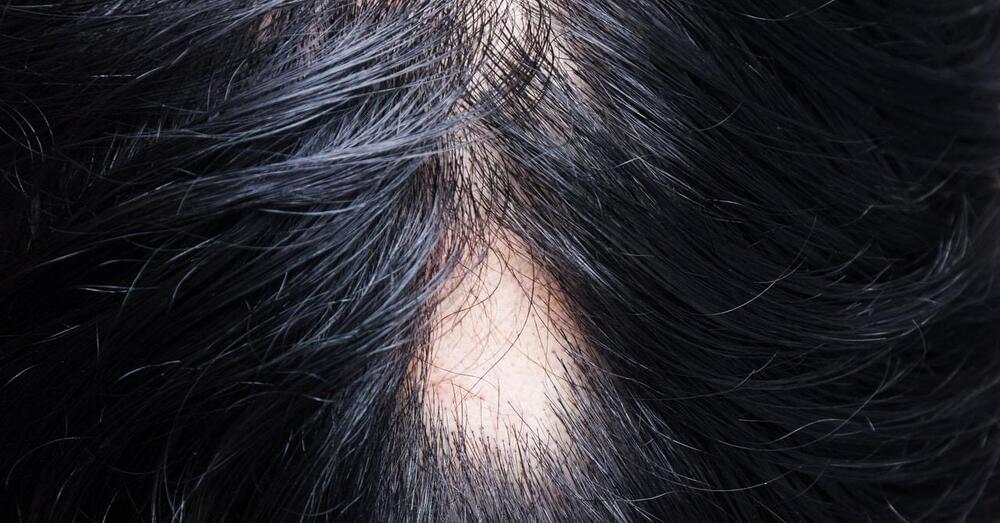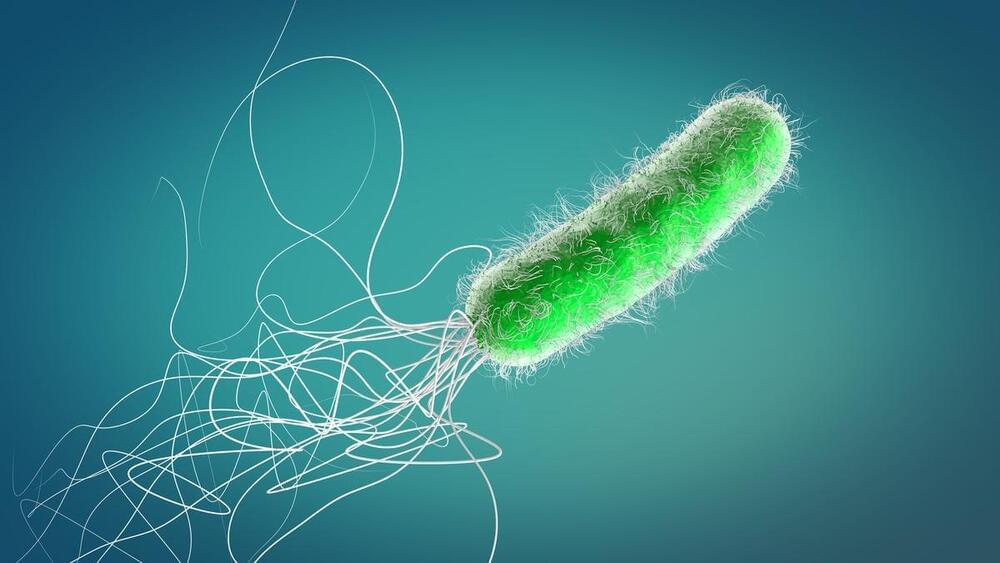Researchers are working on an injectable that could get dormant follicles growing again. Trials on mice show promise.



Scientists at McMaster University have identified a toxin used by bacteria to kill other bacteria through a never-before-seen mechanism. The toxin is the first found to directly target RNA molecules in what the team describes as “a total assault on the cell,” which could lead to a new class of antibiotics.
There’s a huge war raging on the microscopic scale as microbes battle each other for resources, and sometimes the weapons they use against each other can prove useful for antibiotics. Most of these toxins target proteins or DNA molecules, killing bacteria by interrupting vital functions.
So that’s the checklist that the team ran through while studying a toxin called RhsP2 that’s produced by Pseudomonas aeruginosa, a common bug behind hospital-acquired infections like pneumonia. Over three years, the researchers investigated the effects of the toxin on these common targets, to no avail.
2077 — 10 Seconds to the Future — Mutation | Science Documentary.
2077 — 10 Seconds to the Future | Global Estrangement: https://youtu.be/CTOduDIkcdM
We are at the starting line of an exponential technological change. In the coming decades we will experience the dematerialization of technology. Computers will abandon desks to be installed in eyes, in walls and in everything that surrounds us. Chips will be integrated in virtually everything around us, transmitting vital information. The quality of life and the average life expectancy will increase astoundingly, and aging will be delayed. We will have the capacity to choose genes for our children and to create new forms of life. In 2007, a smartphone had more power than the computers NASA used to take man to the moon in 1969. In 2077 it’s likely that we will control the objects around us through our thought. The opinion that the revolution under way is the biggest and fastest ever is unanimous, with the interception of genetics, nanotechnology and artificial intelligence. The consequences are many and cross-cutting, with great impact on our health. However, the rise of the machine raises unprecedented challenges, even the possibility of the extinction of Humankind itself.
▬▬▬▬▬▬▬▬▬
Subscribe Free Documentary Channel for free: https://bit.ly/2YJ4XzQ
Instagram: https://instagram.com/free.documentary/
Facebook: https://bit.ly/2QfRxbG
Twitter: https://bit.ly/2QlwRiI
▬▬▬▬▬▬▬▬▬
#FreeDocumentary #Documentary #2077
▬▬▬▬▬▬▬▬▬
Free Documentary is dedicated to bringing high-class documentaries to you on YouTube for free. With the latest camera equipment used by well-known filmmakers working for famous production studios. You will see fascinating shots from the deep seas and up in the air, capturing great stories and pictures from everything our beautiful and interesting planet has to offer.
Enjoy stories about nature, wildlife, culture, people, history and more to come.
Based on the live fire Map from nasa south America has too many fires to count probably estimating in the millions of acres burned circa 2022.
The Amazon rainforest is shrinking. The fires in the Amazon are growing.
Just six weeks before the crucial 2022 Brazilian presidential election, a historic day of Amazon burning was detected by satellite monitoring. On 22 August, 3,358 fires were detected in the Brazilian Amazon, according to the Brazilian space agency, INPE. This was the highest number of fires recorded for any 24-hour period since 2007.
That alarming day of fire was no anomaly, but simply another day in a tragic trend of destruction in the Amazon rainforest since Jair Bolsonaro became president of Brazil in 2019. Just in the month of August 2022, there were 33,116 illegal fire hotspots registered in the Amazon, the highest level in 12 years.


Background: Breast cancer is one of the most common cancers and the leading cause of death from cancer among women worldwide. The genetic predisposition to breast cancer may be associated with a mutation in particular genes such as gene BRCA1/2. Patients who carry a germline pathogenic mutation in BRCA1/2 genes have a significantly increased risk of developing breast cancer and might benefit from targeted therapy. However, genetic testing is time consuming and costly. This study aims to predict the risk of gBRCA mutation by using the whole-slide pathology features of breast cancer H&E stains and the patients’ gBRCA mutation status.
Methods: In this study, we trained a deep convolutional neural network (CNN) of ResNet on whole-slide images (WSIs) to predict the gBRCA mutation in breast cancer. Since the dimensions are too large for slide-based training, we divided WSI into smaller tiles with the original resolution. The tile-based classification was then combined by adding the positive classification result to generate the combined slide-based accuracy. Models were trained based on the annotated tumor location and gBRCA mutation status labeled by a designated breast cancer pathologist. Four models were trained on tiles cropped at 5×, 10×, 20×, and 40× magnification, assuming that low magnification and high magnification may provide different levels of information for classification.
Results: A trained model was validated through an external dataset that contains 17 mutants and 47 wilds. In the external validation dataset, AUCs (95% CI) of DL models that used 40×, 20×, 10×, and 5× magnification tiles among all cases were 0.766 (0.763–0.769), 0.763 (0.758–0.769), 0.750 (0.738–0.761), and 0.551 (0.526–0.575), respectively, while the corresponding magnification slides among all cases were 0.774 (0.642–0.905), 0.804 (0.676–0.931), 0.828 (0.691–0.966), and 0.635 (0.471–0.798), respectively. The study also identified the influence of histological grade to the accuracy of the prediction.


Space is no longer a remote and special place – it is becoming a part of our life and economy.
In parallel with technological advances such as space travel, lunar exploration and next-generation spacecraft, the number of businesses that utilize space has grown. Space has become an indispensable part of our lives.
The Nikkei Virtual Global Forum “The Future of Space 2022” will explore the possibilities of space, from Earth’s orbit to the Moon, Mars and beyond, and the global benefits and impacts on the economy, business and society. We will also discuss such issues as international collaboration, sustainable space utilization and policy responses.

Tiny machines that deliver therapeutic payloads to precise locations in the body are the stuff of science fiction. But some researchers are trying to turn them into a clinical reality.